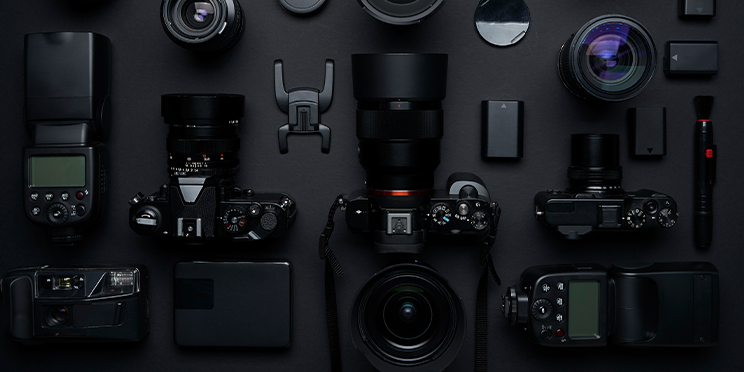Photography an Art and Science
Photography is a one-of-a-kind and interesting fusion of art and science. On the one hand, photography is a creative medium that enables photographers to capture and convey their vision and feelings via photographs. On the other hand, it is a technical medium that needs a thorough grasp of light physics, optics, and camera technology.
Photography as an Art Form:
Photography is an art form in which photographers may express their creativity and capture the world in their own unique manner. Composition, lighting, and narrative are all important aspects of photography. It is all about generating a picture that expresses a certain mood or feeling, tells a narrative, or freezes a moment in time.
Composition: One of the most important aspects of photography as an art form is composition. It entails arranging the visual components inside the frame in order to produce a balanced, aesthetically pleasant, and striking picture. Composition skills can make or break a picture, and mastering them takes practice and talent.
Lighting: Lighting is another important part of photography as an art form. It establishes the mood, creates the environment, and draws attention to the subject’s form, texture, and color. Light may be utilized to make a subject look soft or harsh, dramatic or subtle. Understanding lighting strategies may help a photographer generate spectacular photographs that express their creative vision.
Storytelling: Photography is a great storytelling medium. A single photograph may communicate a narrative, elicit an emotion, or freeze time. The art of photography is in capturing these tales and emotions and transmitting them to the audience through picture.
Photography is also a science that requires a thorough grasp of the physics of light, optics, and camera technology. Understanding the technical components of capturing a picture is important to the science of photography. It requires an understanding of exposure, shutter speed, aperture, and ISO.
The quantity of light that reaches the camera’s sensor or film is referred to as exposure. Three elements influence it: aperture, shutter speed, and ISO. To get the appropriate exposure, you must first understand these components and how they effect the photograph.
Shutter Speed: The shutter speed of a camera is the amount of time the shutter stays open, enabling light to reach the sensor or film. It is measured in fractions of a second or seconds. A quick shutter speed freezes motion, while a slow shutter speed blurs it.
Aperture: The opening in the lens through which light enters the camera is referred to as the aperture. It is measured in f-stops, with the lower the number indicating a bigger openness. The aperture influences the depth of field, which is the percentage of the picture that is in focus.
ISO: ISO refers to the light sensitivity of the camera’s sensor or film. The higher the ISO, the more light sensitive the sensor or film is. A higher ISO, on the other hand, might result in more noise or grain in the picture.
Conclusion:
Photography is an art as much as a science. It takes a thorough grasp of the technical components of picture capture, as well as creativity and vision to express oneself via the medium. Understanding the balance between art and science is vital for generating great and compelling photos, whether you are a professional or an amateur photographer. You may capture the world in your own unique manner and produce photographs that reflect your vision and feelings if you master both the art and science of photography.


